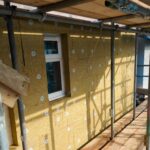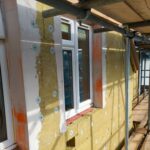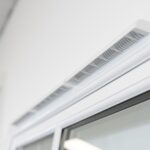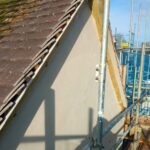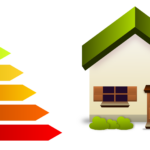In EEM, Energy Efficiency Measures by Robert Wheeler / 31 January 2024 / 0 comments
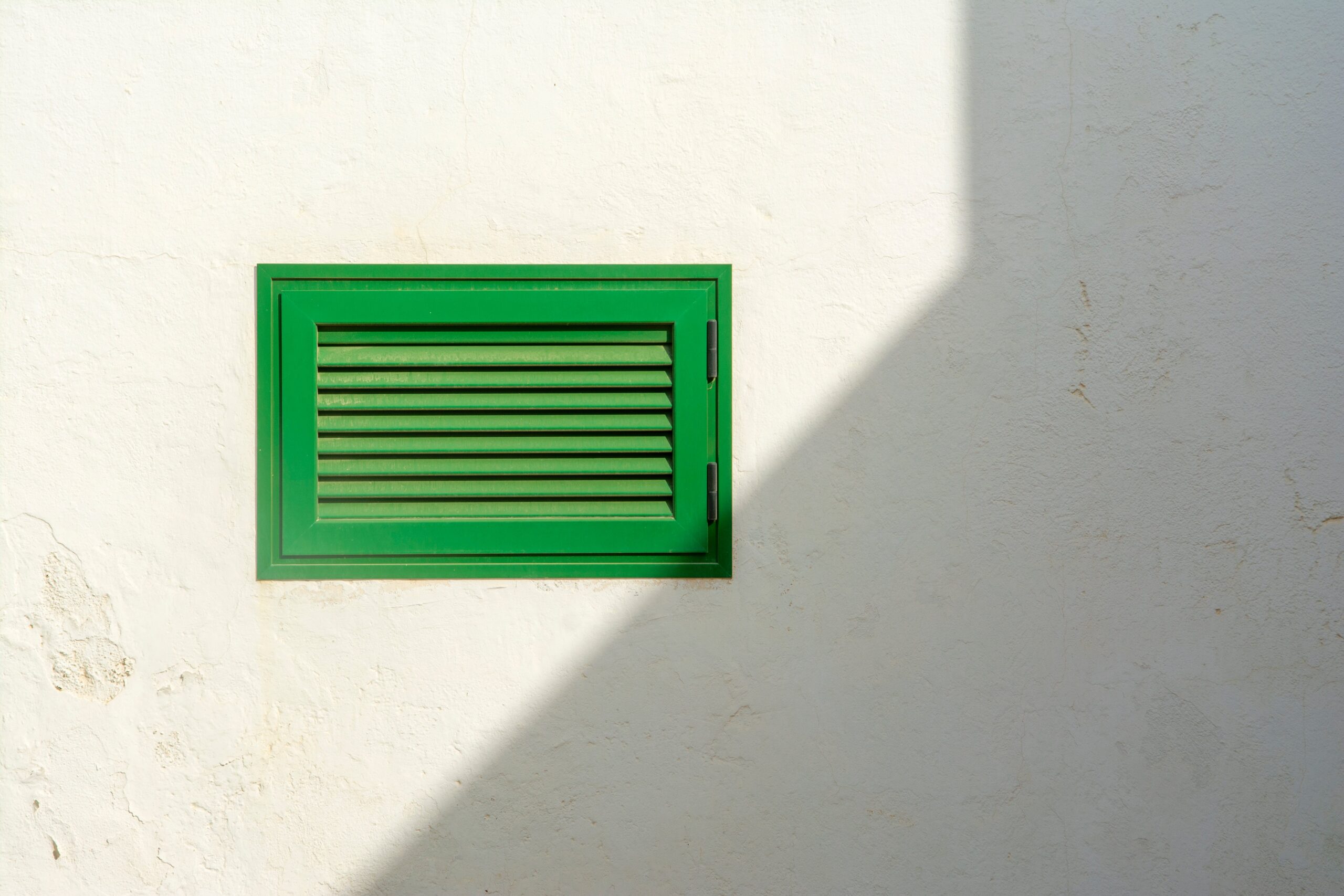
Ventilation systems play a crucial role in maintaining indoor air quality, comfort, and overall well-being in buildings. However, with the rising concern for environmental sustainability and energy conservation, the focus has shifted towards finding the most energy-efficient ventilation systems.
In this blog post, we will explore the significance of energy efficiency in ventilation systems and delve into various factors to consider when choosing such systems. Furthermore, we will examine different types of ventilation systems, compare their energy efficiency ratings, and provide valuable insights into key features, technologies, and maintenance tips for maximizing energy efficiency.
By the end, you will gain a comprehensive understanding of the most energy-efficient ventilation systems available, enabling you to make informed decisions for healthier indoor spaces while reducing energy consumption.
Introduction: Importance of energy efficiency in ventilation systems
Ventilation systems are a crucial component of any building, providing fresh air and removing stale air to maintain a healthy indoor environment. But did you know that these systems can also be a major energy consumer? That’s right, just like that one friend who always leaves the lights on even when they’re not in the room, ventilation systems can guzzle up energy if not designed and operated efficiently.
The role of ventilation systems in energy consumption
Ventilation systems play an important role in maintaining indoor air quality, temperature, and humidity levels. However, they can also be responsible for a significant portion of a building’s energy consumption. The energy required to power fans, pumps, and other components, as well as to heat or cool the incoming air, can quickly add up. That’s why it’s crucial to choose an energy efficient ventilation system that not only keeps your space comfortable but also saves you money in the long run.
Understanding different types of ventilation systems
When it comes to ventilation systems, there is no one-size-fits-all solution. Different buildings and environments require different approaches to achieve optimal air exchange. Here are the three main types of ventilation systems you should know about:
Mechanical ventilation systems
Mechanical ventilation systems rely on mechanical equipment, such as fans and blowers, to circulate and exchange air. These systems are often found in commercial buildings, where precise control over air quality and temperature is crucial. They can be further categorized into various subtypes, including exhaust ventilation, supply ventilation, and balanced ventilation.
Natural ventilation systems
Natural ventilation systems, as the name suggests, utilize natural forces, such as wind and stack effect, to provide air movement and exchange. These systems often rely on strategically placed windows, vents, and openings to allow for the inflow of fresh air and the outflow of stale air. While natural ventilation can be energy efficient, it may not always be suitable in locations with extreme climates or high pollution levels.
Hybrid ventilation systems
As the old saying goes, “Why choose one when you can have the best of both worlds?” Hybrid ventilation systems combine the advantages of both mechanical and natural ventilation. These systems intelligently switch between mechanical and natural ventilation modes based on factors like outdoor air quality, temperature, and occupancy. By taking advantage of natural ventilation when conditions permit, hybrid systems can significantly reduce energy consumption.
Factors to consider when choosing an energy efficient ventilation system
Choosing the most energy efficient ventilation system for your building involves considering a few important factors. Let’s take a look at what you should keep in mind:
Building size and layout
The size and layout of your building play a significant role in determining the most suitable ventilation system. Different systems have different capabilities in terms of the area they can effectively ventilate. So, make sure to assess your building’s size and layout to ensure the chosen system is up to the task.
Climate and environmental conditions
Regional climate and environmental conditions can greatly influence the ventilation requirements of a building. For instance, in hot and humid climates, cooling and dehumidification may be prioritized, while in cold climates, heating and moisture control are crucial. Understanding the specific needs of your location will help you choose a ventilation system that can handle the demands of your climate.
Occupancy and ventilation requirements
The number of occupants in your building and the activities taking place inside will also impact the ventilation system’s energy efficiency. Spaces with a high occupancy or those that generate a lot of pollutants, such as kitchens or labs, may require more robust ventilation solutions. Evaluating your occupancy and ventilation requirements will ensure you select a system that keeps the air fresh and clean without wasting energy.
Comparing energy efficiency ratings of ventilation systems
Now that you know the different types of ventilation systems and the factors to consider, it’s time to dive into the world of energy efficiency ratings. Understanding the metrics and evaluating the energy performance of ventilation systems will help you make an informed decision. Here’s what you need to know:
Understanding energy efficiency metrics
When it comes to rating energy efficiency in ventilation systems, two key metrics are often used: Energy Efficiency Ratio (EER) and Seasonal Energy Efficiency Ratio (SEER). EER measures the system’s energy efficiency under specific operating conditions, while SEER takes into account the system’s efficiency over an entire cooling season, including variations in temperature and humidity.
Evaluating ventilation system energy performance
To evaluate the energy performance of a ventilation system, look for certifications like ENERGY STAR®. These certifications indicate that the system has undergone rigorous testing and has met or exceeded certain energy efficiency standards. Additionally, consider factors such as motor efficiency, control options, and the system’s ability to modulate its operation based on demand.
Conclusion
In conclusion, investing in an energy-efficient ventilation system not only ensures optimal indoor air quality and comfort but also contributes to a sustainable and environmentally friendly future. By considering factors such as building size, climate, and occupancy requirements, you can select the right ventilation system that maximizes energy efficiency. Additionally, staying updated with advancements in technology and following proper maintenance practices will help optimize the performance of your ventilation system. With a commitment to energy efficiency, we can create healthier and more sustainable indoor environments while reducing our carbon footprint.
FAQs: Energy Efficient Ventilation
Energy-efficient ventilation systems can indeed be more expensive than traditional systems upfront, but they offer significant long-term cost savings and benefits that make them a wise investment. The initial higher cost of energy-efficient ventilation systems is mainly due to the advanced technologies and materials used in their construction. These systems often incorporate features such as heat recovery ventilators, high-performance motors, and automated controls to optimize energy usage. While these components increase the upfront price tag, they also result in substantial energy savings throughout the system’s lifespan. Energy-efficient ventilation systems minimize energy waste by reducing heat loss or gain through heat recovery units and utilizing variable speed motors for better airflow control. They also enhance indoor air quality by effectively removing allergens, pollutants, and excessive humidity from the environment while maintaining superior comfort levels for occupants. Therefore, despite their higher initial cost, energy-efficient ventilation systems provide significant long-term financial savings through reduced utility bills and improved overall air quality.
Energy-efficient ventilation systems can indeed be retrofitted into existing buildings, although the process may vary depending on the specific structure and its requirements. Retrofitting typically involves upgrading or replacing the existing ventilation system with one that incorporates energy-saving components and features. This could include installing high-efficiency fans, motors, and controls, as well as incorporating technologies such as heat recovery ventilators (HRVs) or energy recovery ventilators (ERVs) to reclaim and reuse heat or coolth from exhausted air. However, retrofitting is not a one-size-fits-all solution, as it requires careful consideration of factors such as building layout, occupancy patterns, and climate conditions to ensure optimal performance. Additionally, it is crucial to conduct a thorough energy audit and analysis to identify potential opportunities for improvement before embarking on any retrofit project. While retrofitting may involve upfront costs, the long-term energy savings and environmental benefits make it an attractive option for existing building owners looking to enhance their overall efficiency while maintaining occupant comfort.
Determining the appropriate ventilation system size for a building requires careful consideration and analysis to ensure optimal air quality and efficiency. Firstly, it is essential to assess the size and layout of the building itself, taking into account its total square footage, number of rooms or zones, ceiling height, and insulation levels. Secondly, one must determine the purpose and occupancy of each space to understand the potential for pollutants or humidity generation. This involves considering factors such as the number of occupants, their activities (e.g., cooking in a kitchen), and any equipment or machinery present. Additionally, industry standards such as ASHRAE guidelines should be consulted to establish recommended ventilation rates for different areas within a building. Assessing these variables allows for accurate calculation of the required airflow rate in cubic feet per minute (CFM) needed to accomplish desired air quality goals. Integrating energy-saving systems like heat recovery ventilation can further enhance efficiency while maintaining adequate ventilation levels. Ultimately, engaging with a professional HVAC designer or engineer knowledgeable in local building codes will produce precise calculations for selecting the right ventilation system size that meets both regulatory requirements and occupant health considerations.
Energy-efficient ventilation systems do require specialized maintenance to ensure optimal performance. These systems are designed to efficiently circulate and exchange air, improving indoor air quality while minimizing energy consumption. However, their complex design and sensitive components require regular maintenance by trained professionals. Specialized tasks such as cleaning and replacing filters, inspecting and repairing ductwork, monitoring control systems, and checking for leaks or malfunctions are essential to maintain the system’s efficiency and prevent breakdowns. Additionally, energy-efficient ventilation systems often incorporate advanced technologies like heat recovery systems or demand-controlled ventilation that need expert handling during maintenance procedures. Therefore, it is crucial to hire experienced technicians familiar with these specific technologies to conduct inspections and perform any necessary repairs or adjustments. By investing in specialized maintenance for these systems, businesses can ensure their longevity, maximize energy savings, and continue enjoying the benefits of healthier indoor environments.
Ready to discuss your regeneration project and how NXTGEN Futures Ltd can elevate it with expert retrofit? Contact us today!
Latest Energy Efficiency Posts
- What a retrofit-first approach offers the UKRetrofitting is like giving your home a makeover to make it more energy-efficient, comfortable, and healthy. The retrofit-first approach prioritizes upgrading existing buildings over new construction to tackle climate change and improve living conditions. Definition of Retrofitting Retrofitting involves making… Read more: What a retrofit-first approach offers the UK
- Retrofit and Energy Efficiency in Historic BuildingsHistoric buildings are not only architectural treasures but also valuable cultural assets that contribute to our sense of history and identity. However, many of these buildings often suffer from poor energy efficiency, leading to excessive energy consumption and high operating… Read more: Retrofit and Energy Efficiency in Historic Buildings
- What is retrofitting in construction?Retrofitting in construction is a crucial process that involves upgrading existing buildings or structures to meet modern standards of safety, energy efficiency, and functionality. This blog post explores the concept of retrofitting, its importance, various techniques used in the industry,… Read more: What is retrofitting in construction?
- What happens to a building during retrofitting?Building retrofitting is a vital process that involves making significant modifications and improvements to existing structures to enhance their efficiency, functionality, and sustainability. In this blog post, we will delve into the intricate workings of building retrofitting, exploring the various… Read more: What happens to a building during retrofitting?
- UK Government Retrofit Scheme: Making Energy Efficiency Cool AgainIntroduction to the UK Government Retrofit Scheme Background of the Retrofit Scheme Picture this: you’re sitting at home, snuggled up in your favourite blanket, enjoying a cup of tea, when suddenly you feel a draft. Not cool, right? Well, that’s… Read more: UK Government Retrofit Scheme: Making Energy Efficiency Cool Again
- What are Retrofit Trickle Vents?Improving indoor air quality and enhancing energy efficiency are key priorities for many homeowners. In this article, we will explore the concept of retrofit trickle vents and their role in achieving these goals. Trickle vents are small, adjustable openings integrated… Read more: What are Retrofit Trickle Vents?
- Retrofit Underfloor HeatingRetrofit underfloor heating has gained significant popularity as a cost-effective and efficient solution for enhancing the comfort and energy efficiency of existing buildings. Unlike traditional radiator systems, underfloor heating distributes warmth evenly across the floor, providing a comfortable and cozy… Read more: Retrofit Underfloor Heating
- What does retrofit include?Retrofitting has become a critical aspect of sustainable building practices, offering opportunities to enhance energy efficiency, improve structural integrity, and prolong the lifespan of existing structures. This blog post delves into the comprehensive process of retrofitting, from the initial assessment… Read more: What does retrofit include?
- What is the most energy efficient ventilation system?Ventilation systems play a crucial role in maintaining indoor air quality, comfort, and overall well-being in buildings. However, with the rising concern for environmental sustainability and energy conservation, the focus has shifted towards finding the most energy-efficient ventilation systems. In… Read more: What is the most energy efficient ventilation system?
- Is retrofit insulation worth it?When it comes to optimizing energy efficiency in buildings, retrofit insulation has emerged as a valuable solution. Retrofitting insulation involves upgrading or adding insulation to existing structures, offering a range of benefits such as improved energy efficiency, enhanced comfort, and… Read more: Is retrofit insulation worth it?
- Do energy efficiency measures add value to property?As the world grapples with the challenges of climate change and a growing awareness of environmental sustainability, energy efficiency has emerged as a critical consideration in various sectors, including real estate. The concept of energy efficiency, which focuses on reducing… Read more: Do energy efficiency measures add value to property?
- What is the most energy-efficient lighting option?In a world where energy conservation and sustainability are increasingly important, the choice of lighting technology plays a significant role. As traditional incandescent bulbs are being phased out due to their inefficiency, it becomes crucial to explore energy-efficient lighting options… Read more: What is the most energy-efficient lighting option?



